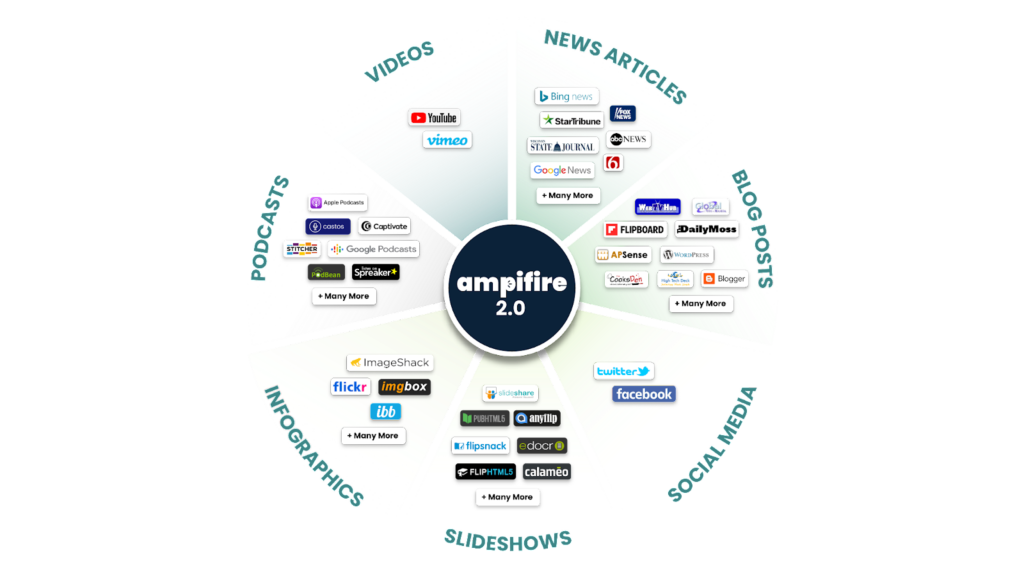
Is Shutterfly Good for SEO?
When we dive into the world of SEO, understanding the role of various platforms is crucial. Shutterfly, established in 1999, stands out as a unique player. It’s primarily a photo-sharing and personal publishing service, known for its user-friendly platform allowing users to create personalized photo books, cards, and gifts. The key features that define Shutterfly include its high-quality printing services, customizable design options, and a platform that caters to personal and small business needs.
| Website: | shutterfly.com |
| Founded: | 1999 |
| Type of Platform: | Custom photo printing and personalization services |
| Key Features: | Personalized products and custom designs, Photo storage |
| Content Types: | Photos and other personalized products |
| Popular Content: | Personalized photo books, cards, prints, and gifts |
| Target Audience: | Individuals and professionals in need of custom photo printing and personalization services |
| Domain Authority: | 87/100 |
Now, let’s talk about SEO – Search Engine Optimization. At its core, SEO is about enhancing a website’s visibility in search engine results. It involves optimizing content and structure so your site appears higher in searches, thereby drawing more traffic. For a website, good SEO practices are like a beacon, guiding potential visitors through the vast ocean of the internet.

Considering Shutterfly’s target audience, which largely consists of individuals looking for personalized printing solutions, and small businesses seeking to create marketing materials, its domain authority is quite significant. Domain authority is a metric that predicts how well a website will rank on search engine result pages (SERPs). A high domain authority, like that of Shutterfly, which is reputed to be robust, indicates a greater potential to rank well.
Therefore, for those looking to enhance their SEO strategy, understanding how Shutterfly fits into this landscape is important. While it’s not a traditional SEO tool, its high domain authority and diverse user base provide unique opportunities for visibility. The platform’s focus on personalized content also aligns well with current SEO trends, where unique, high-quality content is highly valued by search engines.
Are Shutterfly Links Nofollow or Dofollow?
Most Shutterfly links are nofollow. In the realm of backlinks, two types dominate the discussion: nofollow and dofollow. Understanding the difference between these two is key to grasping the nature of backlinks on any platform, including Shutterfly. Let’s break it down. A “dofollow” link is like a vote of confidence. When a website links to another with a dofollow link, it’s essentially passing on a bit of its own SEO juice, boosting the linked site’s search engine ranking. In contrast, a “nofollow” link tells search engines to ignore that vote of confidence. It doesn’t contribute to the linked site’s search engine ranking. The nofollow tag was originally created to combat spam, ensuring that search engines don’t consider these links for rankings.

Now, about Shutterfly’s links: most of them are nofollow. This means that while links from Shutterfly to your site can generate traffic, they don’t directly contribute to improving your site’s ranking in search engines. Understanding the nature of links can help you master the nuances of SEO.
How Do I Add a Backlink to Shutterfly?
Adding a backlink to Shutterfly is an excellent strategy for increasing your online presence. But first, let’s define a backlink. In simple terms, a backlink is a link from one website to another. Think of it as a digital referral or citation. Backlinks are crucial in SEO as they signal to search engines that others vouch for your content.
The Step-by-Step Guide to Adding a Backlink to Shutterfly
Now, let’s walk through the steps to add a backlink on Shutterfly:
- Create a Shutterfly Account: If you don’t already have one, sign up for a Shutterfly account. It’s straightforward – just enter your details and follow the prompts.
- Choose the Right Content: Shutterfly is all about visuals and personalized items. Select content that fits this theme. It could be a custom-designed photo book or a unique card design related to your website.
- Create a Project: Once logged in, start a new project that aligns with your content. Be creative and ensure it resonates with your target audience.
- Embed Your Link: While creating your project, find a way to organically incorporate your link. This could be part of the project description or embedded in a text element on a custom design. Remember, the key is relevance and subtlety.
- Optimize Your Project Description: When writing the description for your project, make it engaging and SEO-friendly. Incorporate keywords naturally and provide context for your backlink.
- Publish and Share Your Project: After completing your project, publish it. Share it on your social media or other platforms to get maximum visibility.
- Monitor Engagement: Keep an eye on the traffic that comes from this backlink. It will help you understand the effectiveness of your content on Shutterfly.
Remember, the goal is to create something of value that encourages viewers on Shutterfly to click through to your site. This process is not just about adding a backlink; it’s about building a bridge between your content and potential audiences on Shutterfly.
Best Practices for Posting on Shutterfly
To maximize the impact of your postings on Shutterfly, Zenfolio, or Photobucket, it’s essential to adhere to certain best practices. These guidelines will not only enhance your content’s appeal but also increase the likelihood of it resonating with your audience.
The Do’s and Don’ts of Posting on Shutterfly
Do’s:
- Quality Over Quantity: Focus on high-quality images and designs. Shutterfly is a visual platform, so the aesthetic appeal of your content is paramount.
- Engaging Descriptions: When creating photo books or other items, write captivating descriptions. Use relevant keywords naturally to improve discoverability.
- Be Authentic: Personalize your projects to reflect your brand or personal style. Authenticity attracts more engagement.
- Consistency is Key: Regularly update your Shutterfly account with new content. Consistency helps in building a dedicated audience.
Don’ts:
- Avoid Over-Promotion: While it’s tempting to heavily promote your website or products, subtlety is crucial. Over-promotion can turn viewers off.
- Don’t Neglect Copyrights: Always use images and content you have the rights to. Copyright infringement can lead to legal issues and damage your reputation.
- Skip Irrelevant Content: Posting content that doesn’t align with your audience’s interests or the platform’s theme can lead to disengagement.
- Ignore Feedback: Neglecting comments or feedback from your audience is a missed opportunity for engagement and improvement.
In conclusion, by following these do’s and don’ts, you can create compelling and effective content on Shutterfly. These practices will help you establish a strong presence and ensure your postings are well-received by the Shutterfly community.
Does AmpiFire Submit to Shutterfly?
When it comes to AmpiFire and its interaction with Shutterfly, it’s important to understand the nature of their relationship. AmpiFire, a content amplification platform, is designed to boost your online presence by distributing content across various channels. However, currently, AmpiFire does not directly submit content to Shutterfly.

Now, let’s explore how AmpiFire operates:
- Wide-Ranging Content Distribution: AmpiFire specializes in disseminating content across a broad spectrum of platforms. This includes news sites, blogs, podcasts, video sites, and social media platforms. The aim is to maximize your digital footprint across diverse media types.
- Automated Content Creation: AmpiFire employs AI to create varied content formats. Whether it’s articles, blog posts, or videos, the platform generates content designed to engage your target audience.
- Performance Tracking: AmpiFire provides analytics and tracking tools to monitor the performance of your distributed content. This data is crucial for understanding the impact of your marketing efforts and making informed decisions.
In summary, while AmpiFire is a powerful tool for broad content distribution and SEO enhancement, it does not specifically submit content to Shutterfly. However, its wide-reaching capabilities can complement a marketing strategy that includes platforms like Shutterfly.
It’s time to experience more organic results.
Discover AmpiFire and get your press releases be seen on Google News, YouTube, SlideShare, Apple Podcasts and many more…
Click Here To Learn More
So, ready to amplify your online presence with smart strategies on Shutterfly and beyond? Think about how these platforms can integrate into your larger digital marketing plan. What’s your next move to make a splash online?
Frequently Asked Questions
Absolutely, Shutterfly’s high domain authority makes it a hidden gem for SEO. Unlike mainstream platforms, Shutterfly offers a unique edge due to its visual-centric content and engaged user base. While it’s not the only player in the field, its personalized content approach aligns perfectly with the current SEO trend of valuing unique, quality content.
No, Shutterfly links are primarily nofollow, meaning they don’t directly boost your SEO rankings like dofollow links. However, they’re far from useless. These links can drive significant traffic to your site, complementing your overall SEO strategy alongside platforms that offer dofollow links.
Adding a backlink to Shutterfly can definitely increase your web traffic, but don’t expect overnight miracles. It’s a strategic move, especially if your content aligns with Shutterfly’s audience. Remember, it’s about quality and relevance, not just placing a link.
AmpiFire streamlines and amplifies content distribution, but it doesn’t replace the need for direct engagement on platforms like Shutterfly. It’s great for widespread content distribution, but for targeted, platform-specific engagement, direct posting is key.
Definitely! Focus on high-quality, authentic content that resonates with your audience. Avoid over-promotion and irrelevant content. Engaging directly with the community on Shutterfly can also boost your presence more than just posting content.
The secret is in the synergy. Use AmpiFire for broad distribution and SEO enhancement, while leveraging Shutterfly for targeted, high-quality visual content. This dual approach can create a comprehensive online presence.
